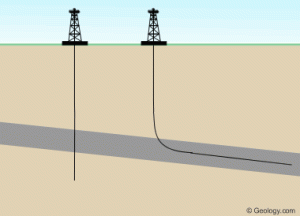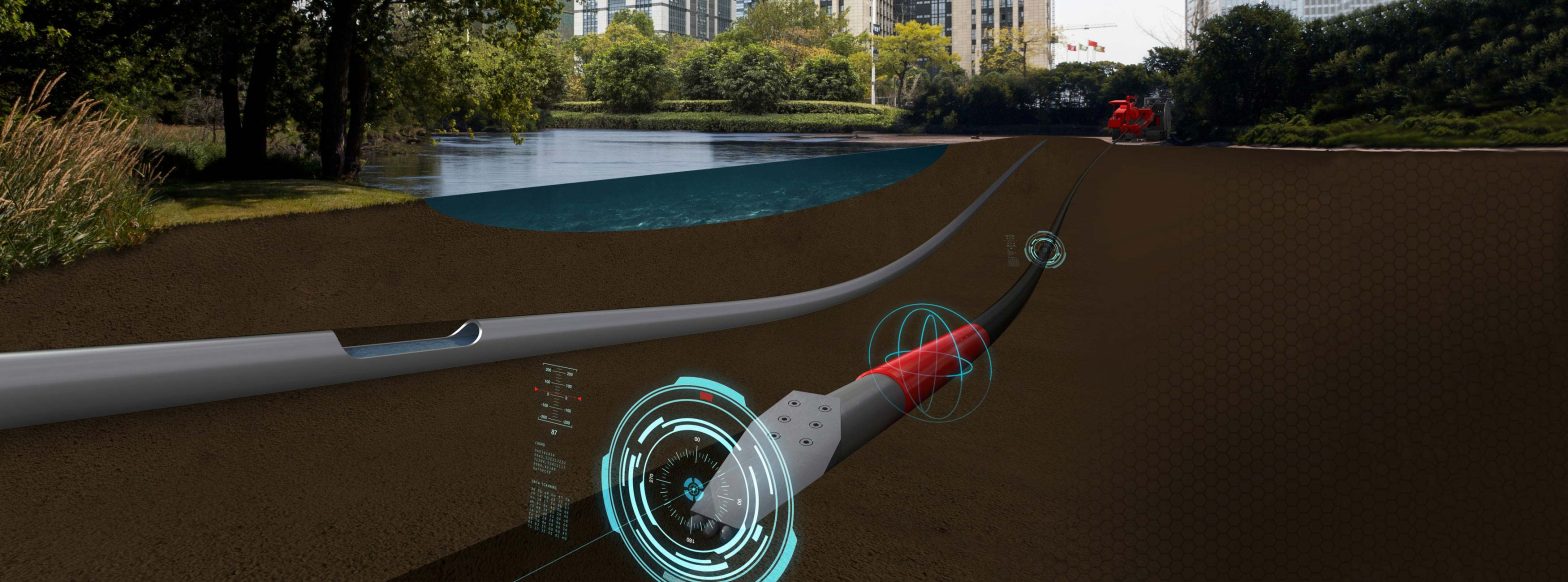How Accurate is Directional Drilling? Exploring Precision and Benefits
Directional drilling, a groundbreaking technology in the field of drilling and excavation, has revolutionized various industries by enabling engineers to reach targets that were once thought to be inaccessible using conventional drilling methods. This technique offers greater precision and flexibility, but how accurate is directional drilling? Let’s delve into the details to understand its precision and the benefits it brings.

The Basics of Directional Drilling
Directional drilling is a specialized technique that allows drilling to occur at angles other than vertical. This method is commonly used in oil and gas exploration, underground construction, mining, and even environmental applications. Instead of drilling straight down, directional drilling involves steering the drill bit along a predetermined path beneath the surface.
Precision and Accuracy Factors
The accuracy of directional drilling depends on several key factors:
- Advanced Equipment: Modern directional drilling relies on sophisticated equipment such as gyroscopic sensors, measurement-while-drilling (MWD) tools, and rotary steerable systems. These technologies provide real-time data and feedback, allowing drillers to make precise adjustments during the drilling process.
- Geological Understanding: A comprehensive understanding of the geological conditions is crucial for accurate directional drilling. By analyzing the composition of the earth’s layers and rock formations, engineers can choose the optimal drilling path to avoid obstacles and minimize deviations.
- Experienced Personnel: The expertise of drilling personnel plays a significant role in ensuring accuracy. Experienced drillers and engineers can interpret data effectively, make timely decisions, and adjust the drilling parameters for optimal results.
Benefits of Directional Drilling Accuracy
The precision offered by directional drilling brings forth a multitude of benefits:
1. Resource Maximization
Directional drilling allows access to resource-rich areas that might be located beneath protected zones, urban areas, or bodies of water. This enables efficient extraction of valuable resources without causing significant disruption to the environment or surrounding infrastructure.

2. Reduced Environmental Impact
By precisely navigating through rock layers and avoiding sensitive areas, directional drilling minimizes environmental disturbances. This is particularly important in projects that involve crossing ecologically sensitive regions or densely populated urban areas.
3. Cost Efficiency
While directional drilling may have higher upfront costs due to advanced equipment and skilled personnel, it often proves to be more cost-effective in the long run. Accurate drilling reduces the chances of costly mishaps such as borehole collapse or the need for redrilling, ultimately saving both time and money.
4. Enhanced Safety
Directional drilling enhances safety by reducing the need for extensive excavation and trenching. This minimizes the risks of accidents, utility damage, and worker injuries, making projects safer for both workers and the surrounding communities.
5. Versatility in Design
Complex construction and utility projects often require intricate designs. Directional drilling facilitates the creation of precise paths for utilities, pipelines, and other underground structures, enabling engineers to follow specific layouts that best suit project requirements. For drill it group directional drilling see this.
Conclusion
Directional drilling has proven to be a highly accurate and effective method for reaching targets that were once challenging to access using traditional drilling methods. With advancements in technology, geological understanding, and experienced personnel, the accuracy of directional drilling continues to improve. The benefits it offers in terms of resource extraction, environmental impact reduction, cost efficiency, safety enhancement, and design versatility make it a cornerstone of modern drilling practices.
As industries continue to evolve, directional drilling is expected to play an increasingly pivotal role, enabling innovation and progress while maintaining a strong focus on accuracy and precision.

